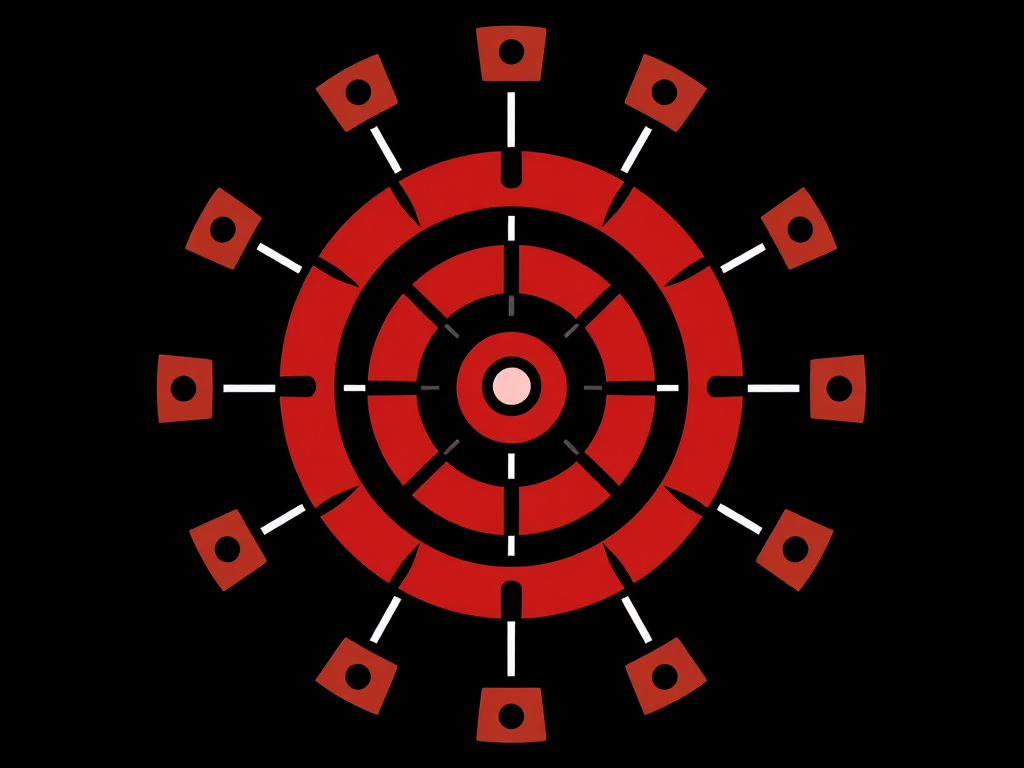Large events pose unique safety challenges that demand thorough planning and real-time vigilance. Understanding risk factors, crowd dynamics, and clear emergency protocols can prevent accidents and save lives. This guide offers practical strategies and tools to help organizers and attendees create safer, more secure environments where everyone can enjoy the experience with confidence and peace of mind.
Fulfilling Essential Safety Protocols for Large Events: Where to Start
For every large event, a thorough event risk assessment is the essential first step. This helps organizers identify potential threats, hazards, and weaknesses at the venue. Details like crowd surges, weather risks, and restricted zones are mapped out early, often requiring the integration of traffic management barriers for event safety to guide attendee flow and restrict unauthorized access. Adhering strictly to compliance with local regulations and coordinating plans with authorities is mandatory to avoid legal and operational issues.
In parallel : How Do UK Businesses Navigate Post-Brexit Challenges?
Detailed emergency evacuation plans are next: routes should be both visible and accessible, with clear signage and designated safe zones that align with real-time monitoring systems. Capacity limit enforcement and entry and exit management reduce the likelihood of bottlenecks or overcrowding, and these should be supported by digital access systems and responsive stewards stationed at key points.
One best practice is to establish robust communication systems for events, ensuring everyone from security to first aid teams receives rapid updates. A combination of staff briefings, public announcement systems, and emergency alert tools enables swift responses. Early collaboration with local police, medical, and fire services makes these protocols actionable, transforming plans into reliable, practiced routines.
Topic to read : Navigating Market Shifts in the UK: What Are the Latest Trends to Watch?
Implementing Physical and Technological Security Measures
Surveillance technology and security camera placement for comprehensive monitoring
The ideal approach to real-time event monitoring begins with extensive surveillance technology use. Well-placed CCTV cameras, equipped with features like artificial intelligence and facial recognition, monitor crowd flow, deter suspicious activity, and aid swift response. Position cameras at entry points, main gathering areas, and emergency exits for broad coverage, and integrate digital feeds into a centralized control room. This strategy enables rapid incident detection, evidence collection, and supports effective collaboration with local authorities.
Physical access controls: Barriers, fencing, metal detectors, and managed entry points
Establishing barrier and fencing setup streamlines crowd movement and restricts access to off-limits zones. Incorporate visible security checkpoints and deploy metal detectors at entrances to intercept prohibited items, enhancing guest screening procedures. Controlled entry points managed by trained personnel further limit unauthorized access, and flexible modular barriers adapt to changing crowd densities, safeguarding both assets and people.
Integrating public announcement and digital communication for crowd safety
Public announcement systems and digital alerts play a vital role in communicating safety procedures during emergencies or congestion. Regular, clear announcements guide movement and calm anxieties. Integration with mobile apps provides real-time updates, allowing attendees to follow safe routes or respond promptly to evolving threats—ensuring crowd well-being remains the top priority throughout the event.
Health, Wellbeing, and Emergency Readiness
First aid stations, medical teams, and incident reporting workflows
Immediate access to first aid readiness is vital at any large event. First aid stations must be highly visible and strategically located across the venue, especially near high-traffic zones. Medical response teams should be professionally trained and equipped to manage everything from heat exhaustion to more severe cases like cardiac arrest or trauma. For swift mobilization, event layouts should allow unhindered passage for stretchers, wheelchairs, and emergency vehicles.
Incident reporting systems, whether through official event apps or staffed stations, empower attendees and staff to log accidents, injuries, or lost persons for rapid response. Digital incident logs streamline communication between responders and ensure that no report slips through the cracks, enhancing first responder integration.
Fire safety, lost and found, emergency drills, and severe weather protocols
Fire safety protocols require clear signage, operational fire extinguishers, and regular inspections of electrical and temporary installations. On-site firefighter presence allows for real-time intervention during hazards. Frequent emergency drills and simulations ensure event staff understand evacuation procedures and can execute them calmly if required.
Lost and found protocols, including designated collection points and quick communication systems, help reunite guests with lost items or companions. Weather contingency plans incorporate pre-identified shelters and up-to-date meteorological monitoring for storms or heatwaves.
Public health compliance, hydration, and attendee wellbeing measures
Public health guidelines must adapt to current risks—whether seasonal flu, food allergies, or dehydration concerns. Hydration stations and clearly identified accessible rest areas directly address the risks of overheating and fatigue, sustaining attendee wellbeing during extended events. Routine checks ensure compliance and allow rapid response to any developing health issues.


